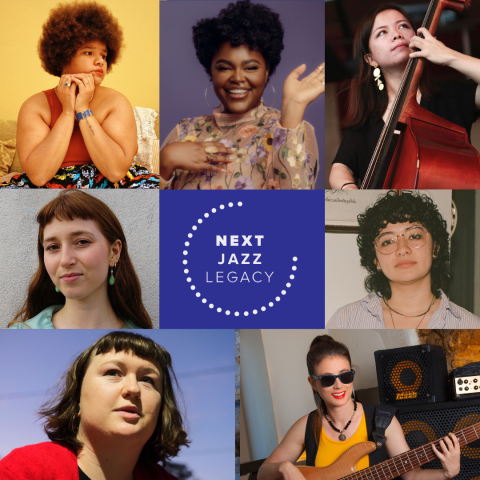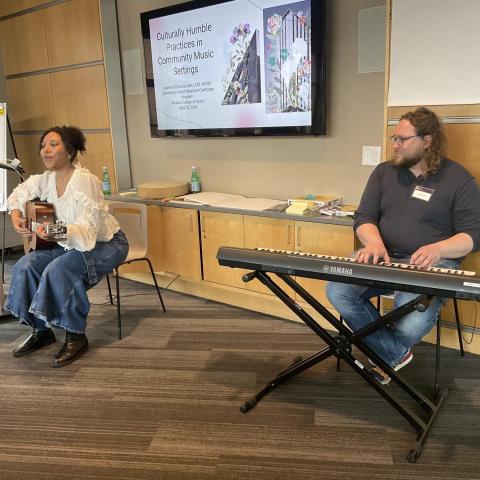Ganzá, Dizi, or Sitar

In films, there has always been a need to musically represent the countries where a movie takes place or the cultures the characters come from. This can be done in many ways. If a movie takes place in New York City but centers on an Indian family who just moved there, then just a little bit of sitar or tabla added to an orchestral ensemble might be enough to suggest the cultural connection. Or source music could play on the radio as a character cooks dinner, listening to Bollywood songs, a classical raga, or devotional bhajans. This approach may be more authentic than a hybrid film score sound that mixes traditional and nontraditional music.
How much music a composer incorporates from the culture—what kind of instruments, scales, rhythms, and overall production—is dictated by the director. Film composing is a collaborative process. One director might request a sitar or tabla for the transplanted Indian family living in New York; another might instruct the composer not to reference Indian music at all, and to make the score dramatic in a Western-filmic style.
When researching the music of a culture other than our own, there are several questions we need to ask ourselves:
-
What do I need to know about the people, traditions, and religion/spirituality of this culture, and how do these factors interact with the music?
-
What are the broader stylistic divisions and genres of this music?
-
Which of these styles is most relevant to the film?
-
What are the primary instruments used?
-
What kind of scale sources are used?
-
What tuning system is used?
-
Are there any musical gestures or clichés (such as instruments, scale sources, etc.) that immediately inform the nonmusical audience of the location or origin of the people in this film?
-
How will people of this culture perceive my use of their music?
With the ability of instant communication, what once was exotic has become part of the everyday fabric of musical life. Today, our musical standards as a world culture are demanding, and because of both high-quality sample libraries and the ease of international travel, composers can achieve a level of realism not previously possible.
For a greater understanding of this subject, start with the films named above. Listen carefully to which elements of each genre are used and how they interact with the story and visuals of the film. Pay attention to when specific instruments appear in the foreground, and when they are part of a larger texture. How does that use of music help to tell the story and elicit emotional responses? That interaction between the music and the story is the beauty and the craft of the art of film composing.
Professor Richard Davis wrote Berklee Online’s Stylistic Adaptations in Film Scoring course, which is part of the new Berklee Online film scoring master's degree program.
This article appeared in the spring 2020 issue of our alumni magazine, Berklee Today.




